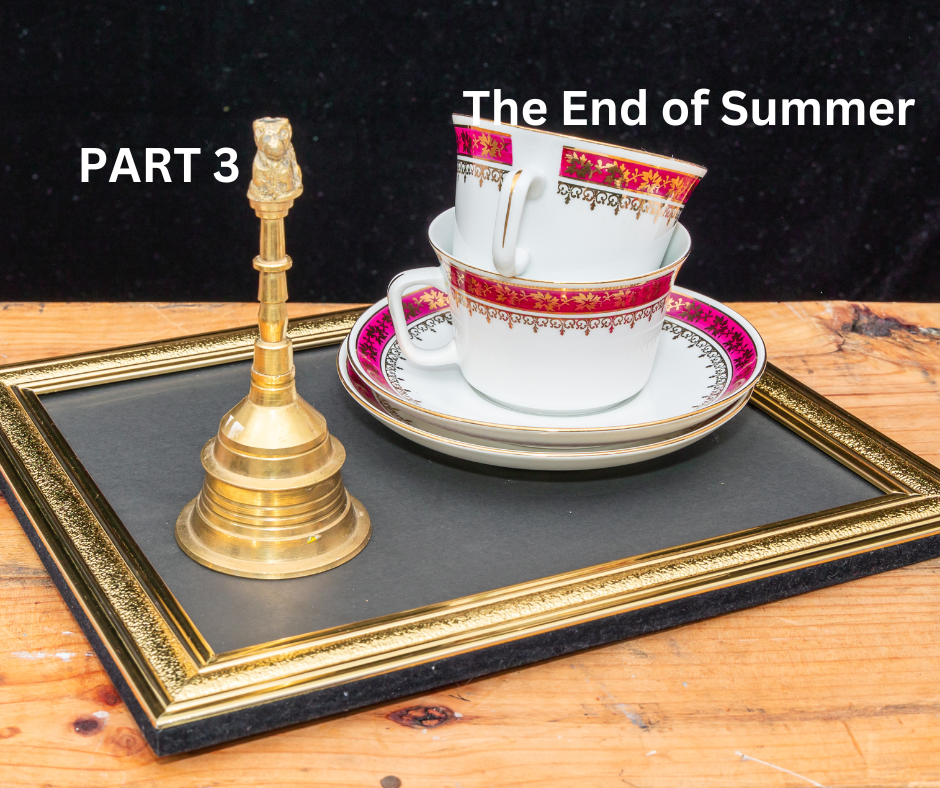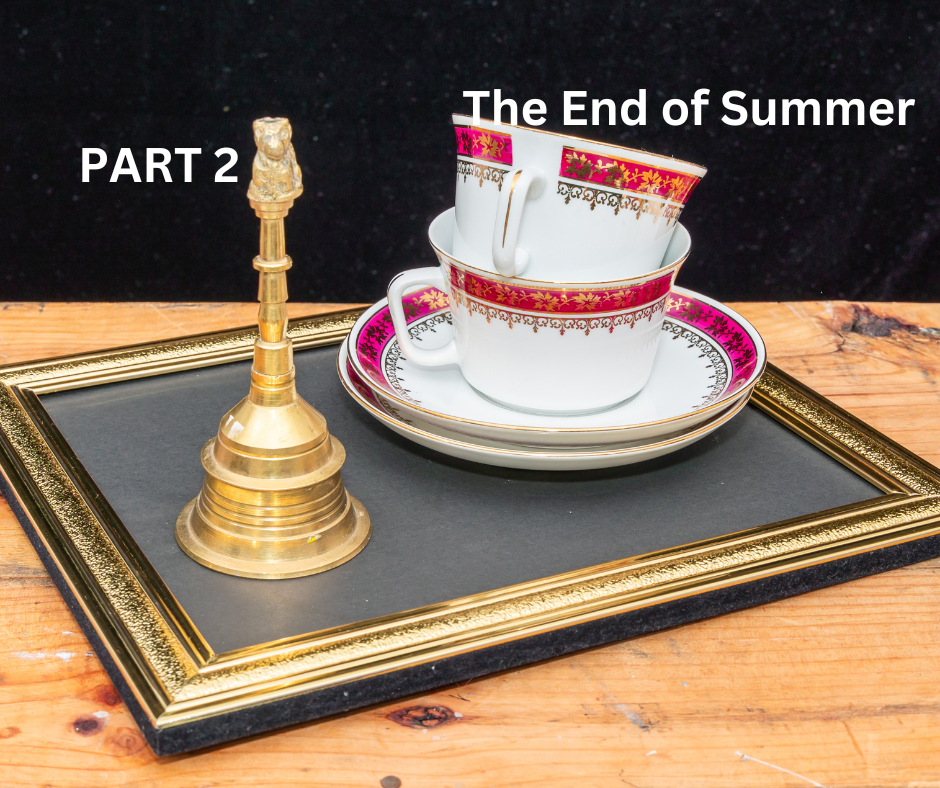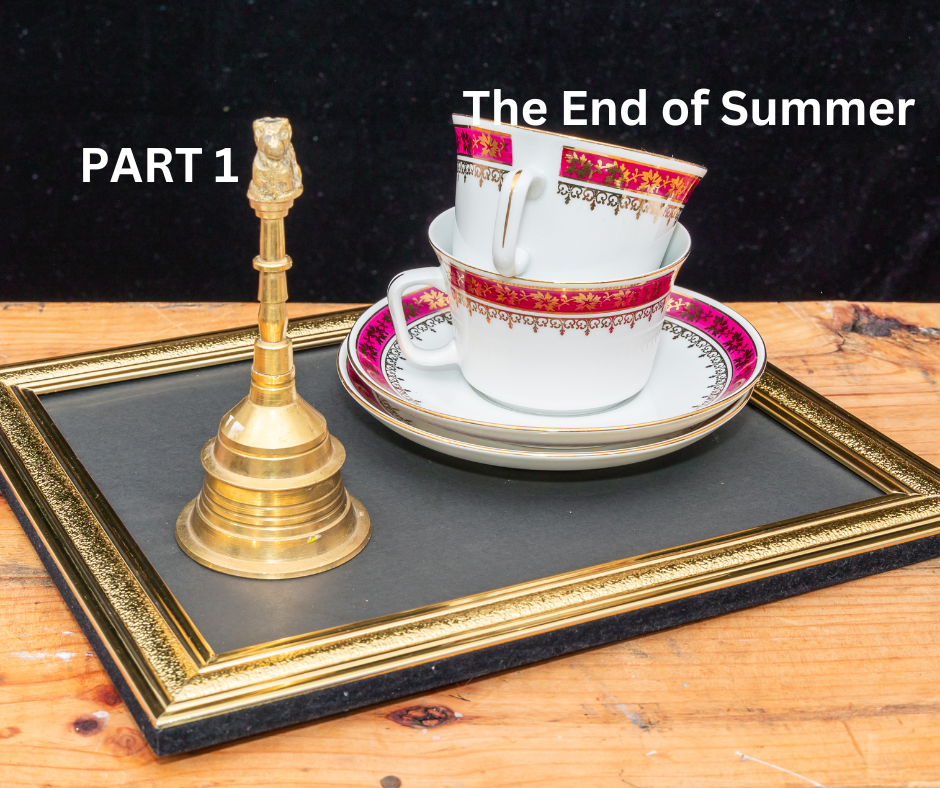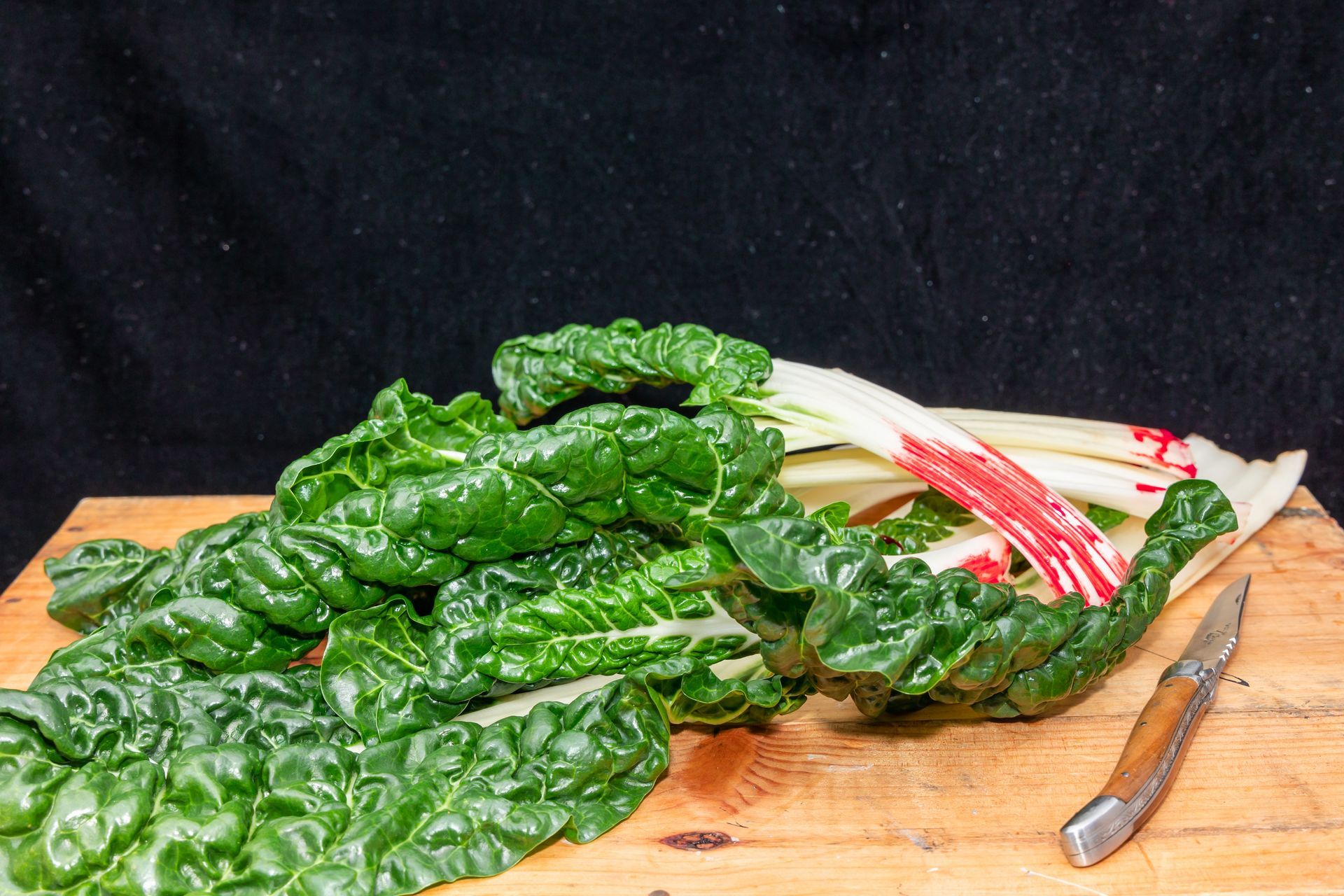A new chapter on the keto adventure of healthy eating: baking a keto bread
Keto bread is something unique
... and I have tasted and baked several recipes and I can say that my Almond Keto Bread is quite OK.
They say that ‘When life gives you lemons, make lemonade’ and well, making the keto bread is more like making lemonade out of apples. Then let’s be real! Who’s to say that apple juice is bad?
They are few myths about the keto bread: that it can taste exactly the same as the ordinary bread, that has the same texture, that looks the same. And honestly, I don’t believe that is true, it’s not going to be the same, and if you accept this then it’s fine. The ordinary bread upsets my stomach, the carbs increase my blood sugar, and tends to create deposits of fat around my waist and on my hips, so, well, we all have a choice, don’t we?
Essentially, keto bread is an acquired taste, since you have a bread with a nutty flavour, weirdly crumbly and with an after taste, a lingering flavour of almond or coconut, depending on what you use, it is difficult to hold it together while is baked or used, it is moist most of times and definitely is missing the smell of yeast and gluten rising in the oven. But despite all these, I like keto bread because it’s a very healthy substitute and more than acceptable.
My family don’t like it, some might even call it ‘tasteless cardboard’, which is fine with me because it’s my ‘tasteless cardboard’. As long as I don’t try to lie to myself and pretend that is the same – it's all right.
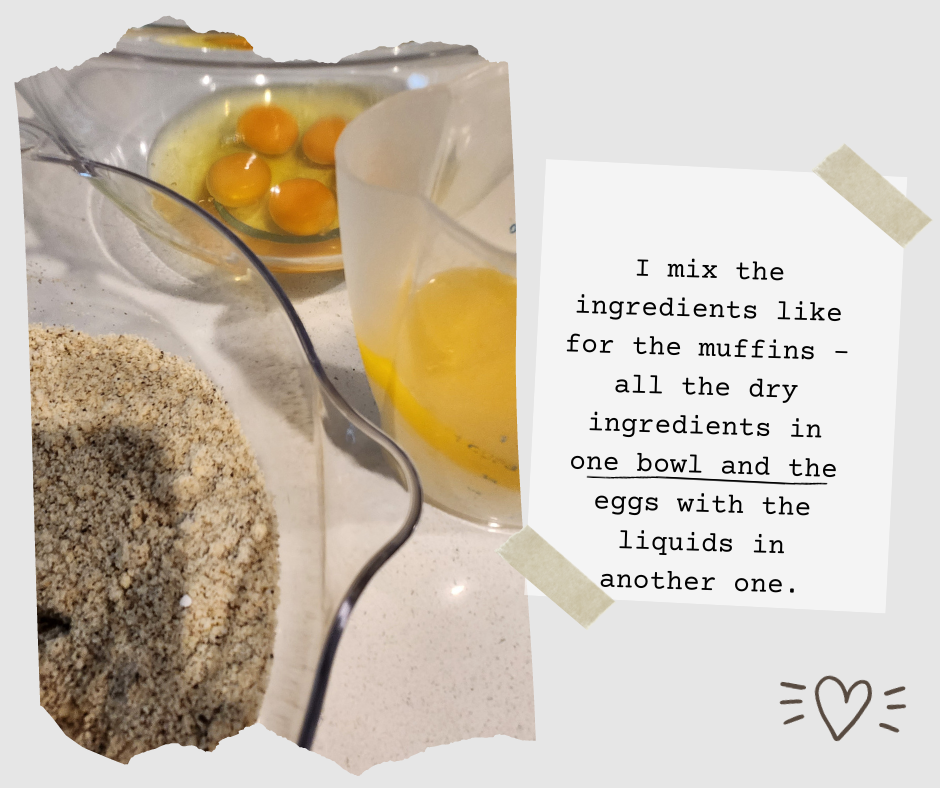
We learn to appreciate the little things that make us Happy!
I was used to eat bread with everything, and since I follow a keto diet, I mostly miss the toast with butter and jam, the cheese sandwich, and the bread dipped in egg yolk. And now, with the keto bread, I can have all these!
One of my favourite breads in keto is the Almond Bread. I reached to this recipe after few trials and errors, ‘customizing’ quantities and tastings. For example, I don’t like to feel the taste of baking powder and I like it softer.
My recipe and how I do it is here:
The dry ingredients, which I combine and make sure the flours and powders are well mixed and aired:
· 2 cups almond flour
· ½ teaspoon salt
· 1 teaspoon baking powder. If you want it to rise more and be fluffier, use 2-3 teaspoons, but I prefer smaller bread and to avoid the overpowering flavour of the baking powder.
· 3 tablespoons of ground flaxseed
· 1 teaspoon guar gum powder (or Xanthan gum) which will help a little to keep the bread together, not to be so crumbly.
The wet ingredients, which I whisk together well:
· 4 eggs – I make sure they are at room temperature otherwise the bread will have a taste of an omelette.
· ½ cup melted butter
· ½ cup water
I mix the ingredients like for the muffins:
All the dry ingredients in one bowl and the eggs with the liquids in another one, then bring them together just before pouring the mix in the tin. I come to a relatively soft pouring mixture.
I lay with baking paper a narrow loaf tin (8 x 4 inch) or even smaller; the narrower the tin the better chance for bread to rise. If you use a tray the bread will remain flat. I warm up the oven to 180 degrees.
I bake for 50 minutes until dark brown on top and I check it with a skewer to make sure is baked inside. I wait for it to cool down before I cut it, or it will crumble.
I love this bread toasted, because in toasting is losing a bit of the weird texture and flavour and holds better for butter and egg dipping.
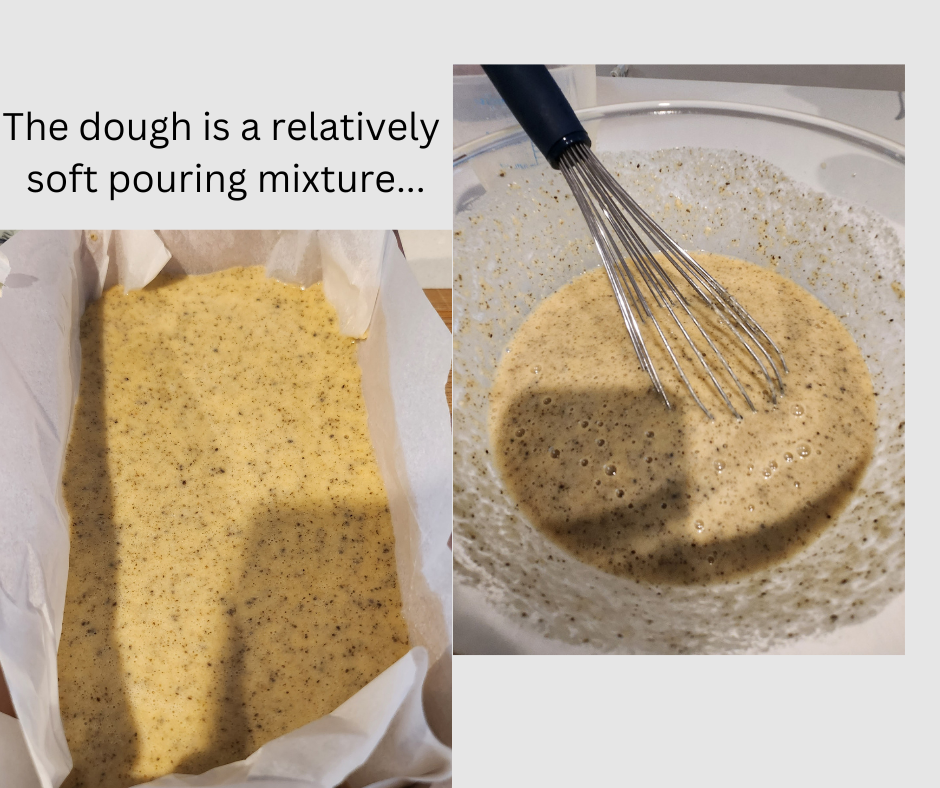
Stored in the fridge this bread absorbs moisture, and becomes sogging wet, so, I keep it on the kitchen counter, wrapped in a t-towel. But not more than 2 days, after that I cut it in slices and I freeze it in bags, about 3 slices in each. I always have it toasted after defrosting.
This is the way I get a healthy bread that allows me to use it in pre-keto ways of eating.
No sugar and low in carbs!
What more could you want?
Share this post with friends and family









